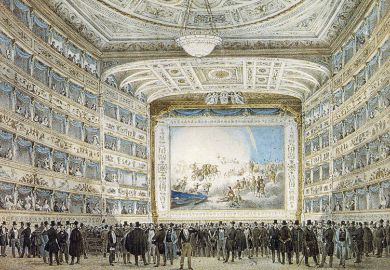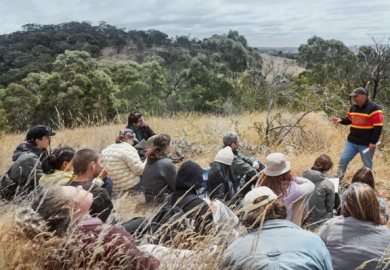Composing’s one thing, performing’s another, listening’s a third. What can they have to do with one another?” John Cage once declared (for good reasons of his own). “Everything!” Wolfgang Amadeus Mozart (pictured above), the supreme composer-performer-listener, would have retorted.
Historically, musicologists have privileged the musical score as the repository of the fixed musical work. But as Simon Keefe argues throughout this handsome and richly researched book, Mozart’s career demonstrates “the fluid boundaries between performance and composition”. For Mozart was, above all, a pragmatic artist, capable of adapting his compositional decisions to the demands of the occasion. He had to be.
This book charts the last decade of his life between 1781 and 1791, from the moment when, having thrown off the shackles of service to the Archbishop of Salzburg, he embarked on a risky career as a freelance musical entrepreneur in Vienna, to his untimely death. To succeed, Mozart had to tailor his output to many different circumstances: this chamber work written for specific performers on a specific occasion, that one written for publication, to be studied by connoisseurs or performed by unknown amateurs; this piano concerto designed to show off his skills as the foremost keyboard virtuoso of his day, that one which has to work whether played with full orchestral accompaniment or simply by a domestic string quartet.
Reading his sketches and scores allows Keefe to show Mozart’s decision-making processes, which are invariably based on consideration of how a piece would work in performance rather than ideal form. Mozart wrote for the present, as Keefe puts it, not for the future. Why does he cut a passage here? Why does he decide to remove the left‑hand part of the piano in a concerto and transfer it to a clarinet? Why does he alter a couple of bars of runs in a piano cadenza? Again and again, we are shown Mozart’s concern with an appropriate balance between display and substance, between scrupulous attention to sonic detail and improvisational freedom. And he was equally sensitive to the requirements of different audiences: subscription concerts at the popular Augarten pleasure gardens; a concert in the hall that Mozart rented in the fashionable Trattnerhof, whose smaller size leads historians to speculate that the audience may have had to stand; intimate recitals in private homes where a different kind of attention could be expected.
This book is a hefty 600-plus pages. Keefe could have presented his core thesis about how Mozart’s sensibility as a performer and improviser always informed his compositional practices in a book a third its length by more selective use of examples. But he chooses instead to offer an exhaustive study of every single one of Mozart’s works over the last 10 years of his life, which sometimes becomes repetitive (how many times do we need demonstration of Mozart’s sensitivity to the tenor Johann Adamberger’s legato or his exploitation of the bass Johann Fischer’s famous low notes?). The comprehensiveness certainly makes clear that the component circumstances of each work are unique, and that Mozart responded to these with great ingenuity, but at times it makes for a wearisome read.
Nicholas Till is professor of opera and music theatre at the University of Sussex.
Mozart in Vienna: The Final Decade
By Simon P. Keefe
Cambridge University Press, 714pp, £34.99
ISBN 9781107116719
Published 9 November 2017
POSTSCRIPT:
Print headline: Notes for the here and now
Register to continue
Why register?
- Registration is free and only takes a moment
- Once registered, you can read 3 articles a month
- Sign up for our newsletter
Subscribe
Or subscribe for unlimited access to:
- Unlimited access to news, views, insights & reviews
- Digital editions
- Digital access to THE’s university and college rankings analysis
Already registered or a current subscriber?






